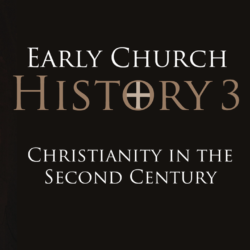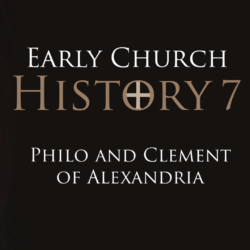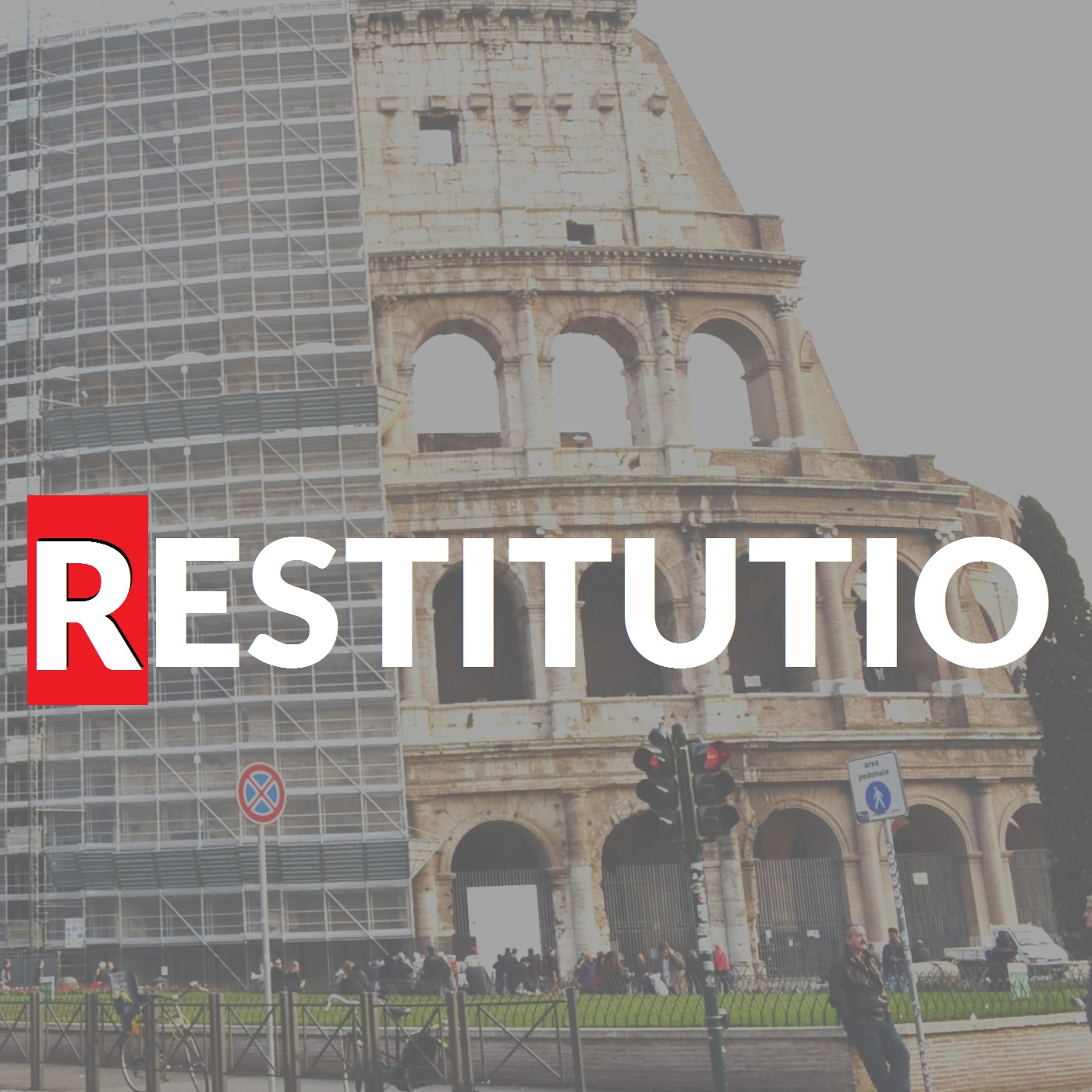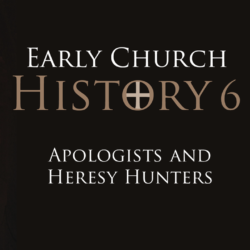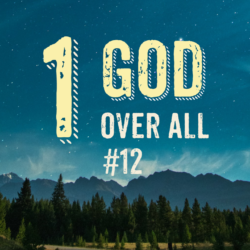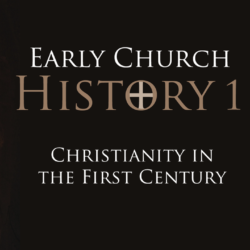This is part 5 of the Early Church History class.
Have you heard of the Gnostics before? Gnostics of different types claimed to have secret knowledge of humanity’s true origins and destiny. They were intellectuals who combined the philosophical thinking of their day with Jewish and Christian scripture to produce a compelling alternative to biblical Christianity in the second century. In today’s episode you’ll learn what the Gnostics believed, mostly from their book, The Secret Revelation of John. Next we’ll see briefly how Valentinus adapted the Gnostic myth and recruited Christians to join his secret meetings. Although this material is esoteric and somewhat difficult to grasp, I’m convinced a working knowledge of Gnosticism is necessary to understand theological and christological development in the third and fourth centuries (especially in Alexandria).
Listen to this episode on Spotify or Apple Podcasts
—— Links ——
- More Restitutio resources on Christian history
- More classes here
- Support Restitutio by donating here
- Join our Restitutio Facebook Group and follow Sean Finnegan on Twitter @RestitutioSF
- Leave a voice message via SpeakPipe with questions or comments and we may play them out on the air
- Intro music: Good Vibes by MBB Attribution-ShareAlike 3.0 Unported (CC BY-SA 3.0) Free Download / Stream: Music promoted by Audio Library.
- Who is Sean Finnegan? Read his bio here
—— Notes ——
The Gnostic Myth According to The Secret Revelation of John1
– the Monad (SRevJohn 4.1-4, 10-11, 28, 30, 34)
– initial emanations of aeons in the pleroma (5.13-17, 20, 23; 6.1-3, 7- 10, 12-14, 18-20, 23, 25)
– Christ’s unique origin and creation of the All (7.1-6, 8-10, 19, 22, 29-30; see also John 1.1-5 in the Bible)
– Sophia’s rogue reproduction (10.1) and repentance (14.22)
– Yaldabaoth generates his own aeons (12.11-12; 14.2)
– Yaldabaoth and his aeons create Adam (15.12-15, 19; 17.64; 18.7, 18; 19.12-13)
– paradise as a prison and the trees of life and knowledge (20.1, 6, 22; 21.16, 20, 26-31)
– Cain, Abel, and Seth (22.16-21, 32-33)
Afterlife Possibilities
– souls who flees from evil “will be admitted into the repose of the aeons” (SRevJohn 23.24)
– souls who are ignorant goes to Yaldabaoth’s authorities who “cast it into prison and they consort with it until it awakens from the forgetfulness and receives knowledge” (SRevJohn 23.29-30)
– souls who understood but turned away will be tortured “and they will be punished with an eternal punishment” (SRevJohn 23.40)
David Brakke: “David Brakke “The myth, then, emphasizes the transcendence of the ultimate God and the corresponding unfolding of God into lower, mediating divine principles, the lowest of which does the work of creating the material universe. These ideas are not unique to Gnostics; rather, they are at home in the discourse of Middle Platonism… These thinkers looked for guidance on the world’s origin to Plato’s dialogue
Timaeus, in which a divine being called “the craftsman” (demiurge) creates the visible universe as a copy of the eternal forms. The craftsman creates lower gods, who then assist him, and the universe that he creates and in which we live is the best possible image of the perfect spiritual world.”2
Life of Christ
– Christ comes to awaken people from sleep (SRevJohn 26.22)
– Christ did not experience Jesus’ crucifixion (Second Treatise of the Great Seth 55.30-56.32)
– Birger A. Pearson: “[T]he sufferings endured at the crucifixion were not
suffered by the real Jesus, but only by the physical body which he inhabited, the creation of the archons, whose crucifixion brought about the archon’s own destruction…For him, the divine Nous-Christ descended into the human Jesus and displaced his human soul…and, following Jesus’ crucifixion, ascended to the Father who had sent him.”3
Valentinus (100-175)
– born in Egypt, educated in Alexandria
– streamlined version of gnostic myth with Christ in a more central role
Valentinians
– some more docetic than others
– more positive view of the world
– three kinds of people: (1) spiritual, (2) psychic, (3) material
– used scripture to defend their views, claiming a deeper understanding (see 1 Corinthians 2.6-13)
– lasted until 7th century
Review
– Gnostics believed in a story of spiritual creation and rebellion prior to the creation of matter.
– These spiritual aeons emanated out from the original, maximally great, unknowable monad.
– They thought our world was fallen not due to human sin, but due to rebellion among the aeons.
– The Sethian Gnostics emphasized the seed of Seth as the chosen ones who are indwelt with the spark of the divine.
– Understanding knowledge (gnosis) of your origins is how you can experience enlightenment (salvation)
– The Gnostic movements were hugely popular and second-century Christians considered them a major threat.
– Valentinus streamlined Gnosticism and assigned Christ a more significant role.
– Valentinians attended regular church services, but then recruited members to join their meetings to gain esoteric knowledge of hidden meaning within scripture.

